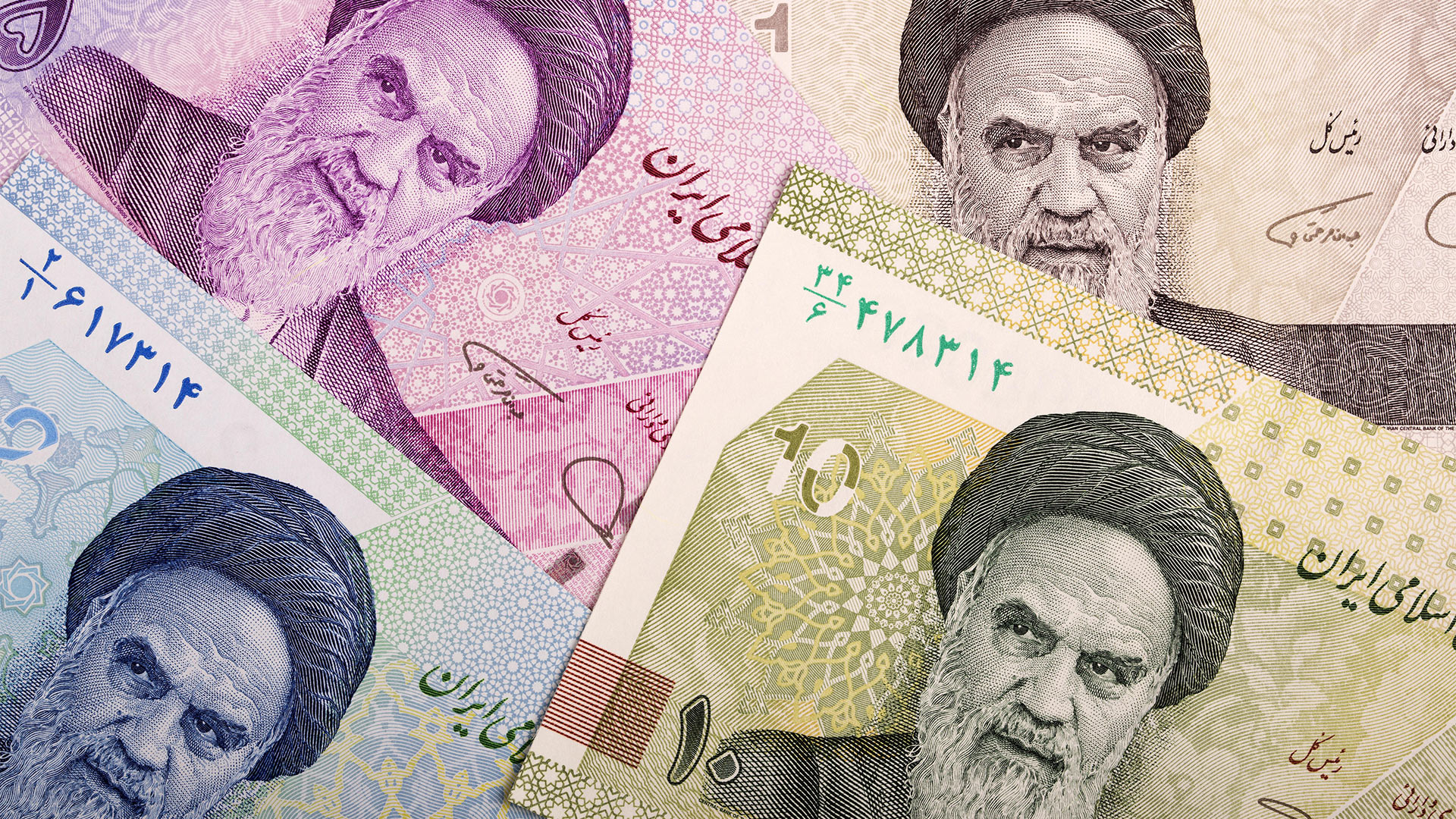Status: 02/27/2023 11:23 AM
The Iranian currency is in free fall. In just two weeks, the real has fallen more than 20 percent against the euro. Iran talks about the “enemy plot”.
The Iranian currency fell to a new low against the dollar. On Sunday, more than 600,000 riyals had to be paid for one dollar at exchange offices – more than ever before. The riyal also hit a record low against the euro.
In the past two weeks alone, the Iranian currency has fallen more than 20 percent compared to the common European currency. It is one of the largest declines in value in such a short period of time in recent years.
Iran blames the “enemy”.
The Iranian authorities speak of an “enemy plot”. The West wants to destabilize the Islamic Republic and is therefore deliberately weakening its currency.
A reading not supported, of course, by financial experts. They attribute the sharp drop in Iran’s currency primarily to the country’s increasing political isolation, high inflation and the resulting bleak economic outlook.
Penalties for penalties
The killing of Iranian Kurdish Mohsa Amini in police custody on September 16 sparked a wave of protests against the Iranian regime. Security forces are trying to use force to counter this. Therefore, the European Union, the United States, Canada and other countries imposed sanctions on the Islamic Republic.
The rial has lost nearly half its value since the protests began across the country. The head of the Central Bank of Iran (CBI) was also dismissed in December due to an acute foreign exchange crisis.
It is not the new sanctions that affect the country’s economy and therefore the currency as well. Instead, there is waning hope for an end to the tough US sanctions imposed on the country since 2018.
The revival of the Vienna Nuclear Agreement has been postponed
Under former President Donald Trump, the United States withdrew from the 2015 nuclear deal with Iran and reimposed punitive measures against Iran.
Since protests erupted across the country in Iran, the ongoing negotiations to revive the Vienna Nuclear Agreement have stalled – according to foreign exchange experts, a major reason for the recent collapse of the Iranian currency.
Higher inflation makes imports more expensive
Another reason, cited over and over again by financial experts, is Iran’s extremely high inflation for years. Since 2018, the inflation rate for the year as a whole has crossed the 30% mark again. Even the country’s statistical center reported an inflation rate of more than 50 percent in the last Iranian month, which ended on January 20.
High inflation has made life in Iran exponentially more expensive, as the country depends on imports in many respects, especially grain and electrical machinery. The cheap local currency makes it more expensive for Iranian companies to import these products, which in turn passes the increased costs on to consumers.
It’s no wonder, then, that Iranians flee to “safe havens” like gold or the US dollar as often as they can, and that international investors shun the Iranian currency.
Possible political consequences of a currency crash
Arash Azizi, author of Shadow Commander: Soleimani, the Global Ambitions of the United States and Iran, stresses that currency depreciation also has “significant political weight in Iran.” Those who refer to Iran before the Islamic Revolution of 1979 would like to talk about that the dollar was only 70 Iranian rials at that time.
According to experts, the double whammy of a sharp currency depreciation and high inflation could now increase popular discontent and anger towards the regime.

“Tv expert. Hardcore creator. Extreme music fan. Lifelong twitter geek. Certified travel enthusiast. Baconaholic. Pop culture nerd. Reader. Freelance student.”






More Stories
USA: It is clear that the economy is losing momentum at the beginning of the year
Chocolate storm in Türkiye – the Swiss are confused
Big Topics at New UBS's First General Meeting – News